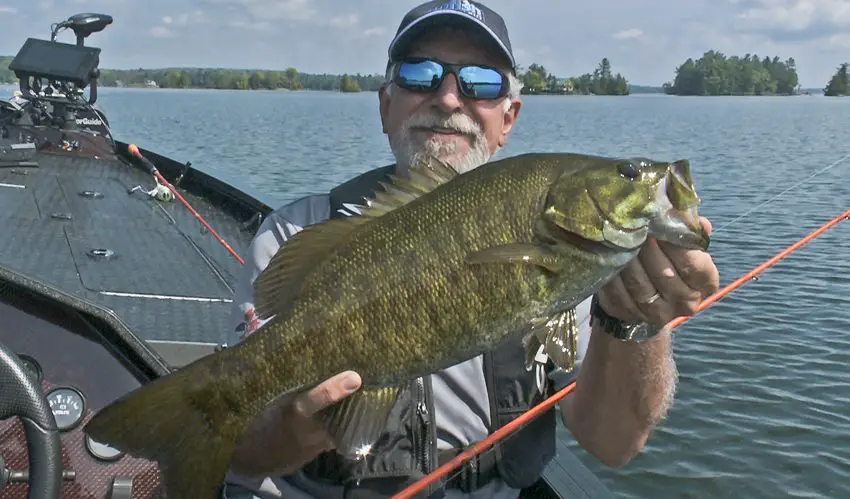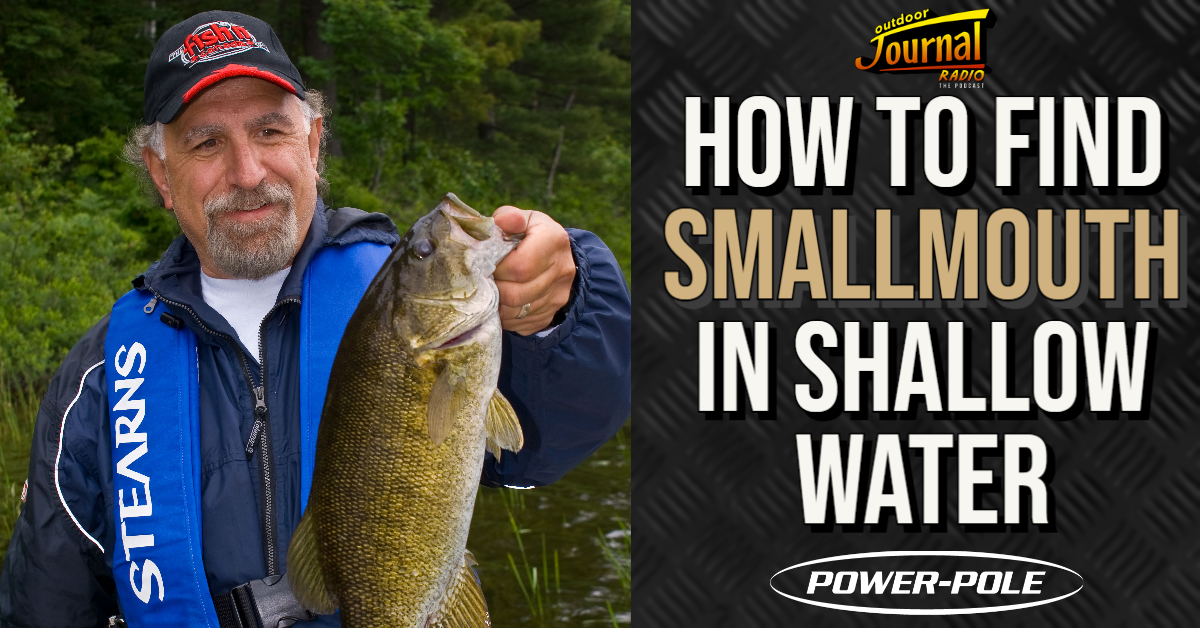Presented by Power-Pole
For those in the southern parts of Canada, Smallmouth are often associated with deep water, with some of the largest fish coming off deep Great Lakes humps and shoals.
This leaves, for the most part, the shallow water weeds and wood for their feisty cousin, the Largemouth Bass.
In the north, however, a lack of largemouth leaves smallmouth to happily fill this niche, and understanding shallow water structure they prefer becomes essential to finding fish. Here are three key pieces of smallmouth-holding structure and cover you should be paying attention to:
1) Wood

Wood in our lakes comes in so many natural forms like fallen trees, stumps, sunken logs, and so on. The real beauty of this structure compared to some of the others that we so frequently talk about, is that once wood is established in an underwater environment, it starts to become “alive”. It is indeed odd to see something as dead as an uprooted tree, morph into an aquatic feeding station. Well, that is what happens through time. As Pete says, “Algae = zooplankton = bait = biggies!”
For northern smallmouth, in particular, wood is one of the primary indicators that fish will be nearby. Whether it be a full tree like the one pictured above or even a single-standing log bobbing with the wake, smallmouth can almost always be found nearby.

BTW when you become an expert on your electronics, you will be able to tell if there are fish in the trees or it is time to move on and check another piece of cover.
Also, as seen in the screenshot above, these wood-bound fish are rarely alone, so set the Power-Poles down nearby and get comfortable!
2) Rocks

Seeing rocks on a map may make the casual boater squirm, but those targeting smallmouth should light up when those “R”s fill the nautical charts.
The photo above was taken on the legendary Lake Simcoe, where a smallmouth was using this boulder to set up a nesting site and temporarily rear its young. This is typical of areas with single boulders and big, solo fish can often be spotted cruising around their perimeters.
Out a bit deeper, but still in range of your Power-Poles, rockpiles can also provide excellent habitat. The fish in these areas will also be much more focused on feeding, seeking out crayfish and other rock-bound bait that call these areas home.

3) Weeds

Weeds are renowned in largemouth fishing but, when these fish are not present, smallmouth are more than happy to take up the real estate.
In particular, as we covered in our weed type article, smallmouth seem to love Cabbage Weed. As you travel further north, huge expanses of cabbage weeds fill up back bays which makes them a bit more difficult to find fish, however, lots of casts will ultimately produce.
Smaller “patches” are more common in the south and each and every patch has the potential for a giant or two.
In our experience, pencil reeds are also excellent smallmouth hodlers. We tend to think that this more has to do with the sandy areas they grow than it does the cover they provide, but either way, smallmouth love these areas.

For more on weed types and to learn how Power-Poles can change the way you approach shallow water fishing, be sure to check out the articles below!






